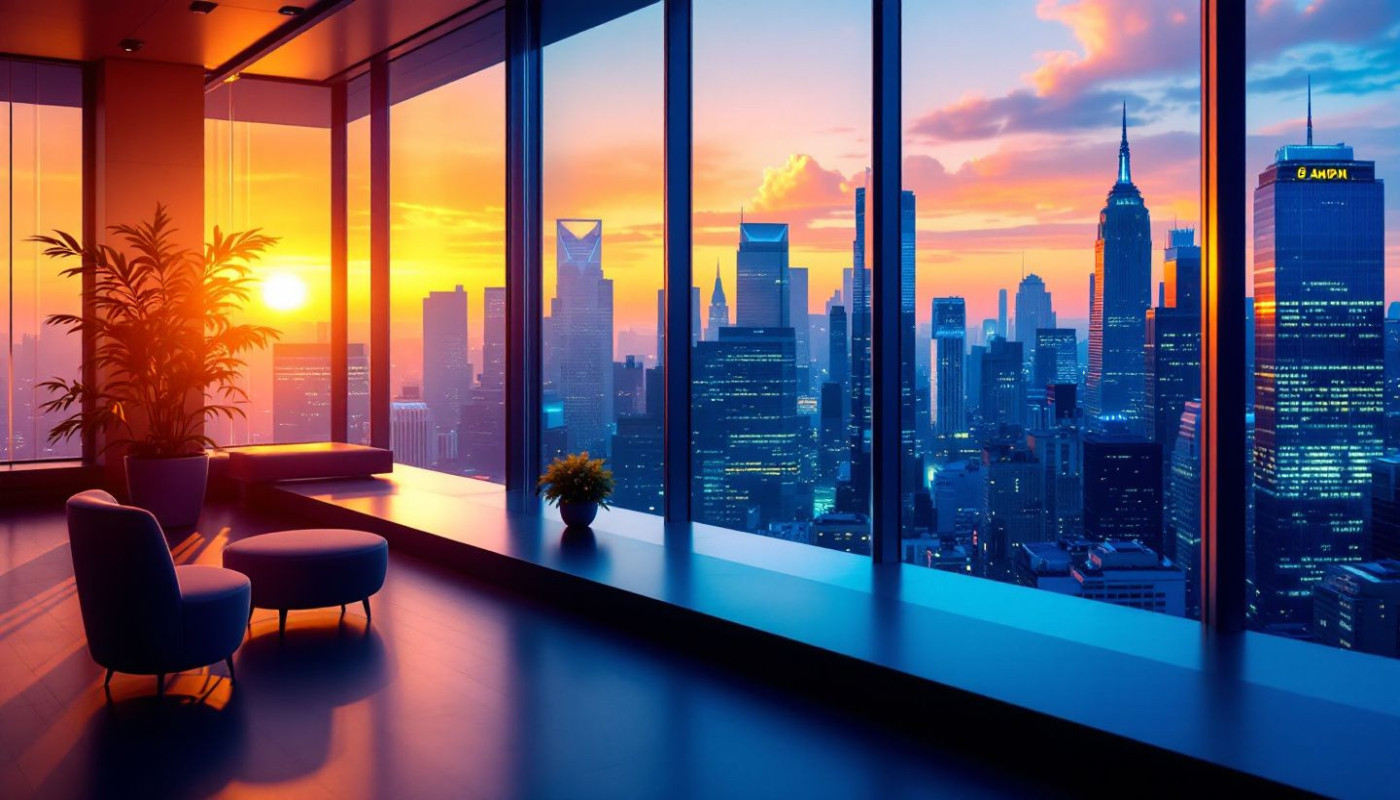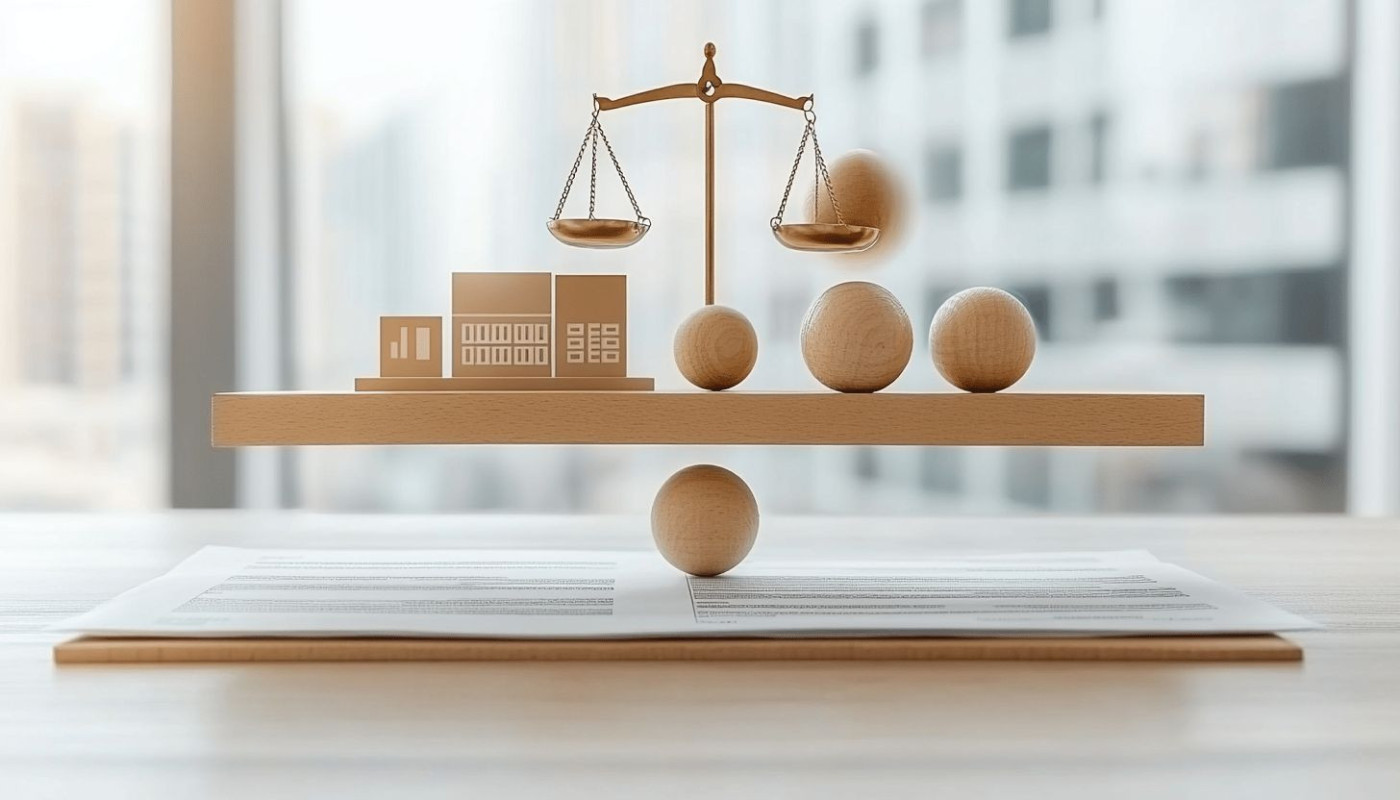Table of contents
The digital art landscape is undergoing a radical transformation, thanks to the advent of artificial intelligence. As AI continues to evolve, it is redefining the boundaries and methodologies of artistic creation, bringing a fusion of technology and creativity that was once unimaginable. With this technological renaissance, digital artists are finding new ways to express themselves and push the envelope of what is possible. Dive into the exciting world of AI in digital art creation and discover how this innovative tool is changing the game for artists and audiences alike.
The Emergence of AI in Digital Art
The dawn of AI-generated art has ushered in a technological renaissance that is reshaping the landscape of digital creation. By weaving artificial intelligence into the fabric of creative processes, a new realm of artistic expression has been unlocked for digital artists. Historically, the inception of AI in art can be traced back to experiments in algorithmic and procedural generation, but recent advancements have seen the rise of generative adversarial networks (GANs), sophisticated tools that pit two AI algorithms against each other: one generating art, the other judging it. This symbiotic rivalry has vastly expanded the possibilities for creators, enabling them to craft complex, intricate pieces that were previously inconceivable. As we stand at the intersection of technology and artistry, AI's role in digital art is not only redefining existing paradigms but also charting unknown territories in the ever-evolving narrative of human creativity.
Innovative Tools and Techniques
The landscape of digital art creation is being reshaped by a suite of cutting-edge AI tools that leverage complex algorithms and expansive software capabilities. At the vanguard of artistic innovation, neural networks, a type of artificial intelligence modeled after the human brain, are empowering digital artists to push the boundaries of imagination. These sophisticated systems learn from vast datasets of visual elements and styles, enabling the synthesis of new, intricate digital artwork. As these tools evolve, they are rendering obsolete some traditional methods, inaugurating a new era where art and technology converge. An AI researcher or software developer focused on digital art applications would have the expertise to expound on how these technological advancements are not only streamlining the creative process but also introducing unprecedented possibilities for artistic expression.
AI's Impact on Creativity and Style
The integration of AI in digital art is not just a technical evolution; it's a paradigm shift that raises questions about the nature of creativity and the definition of artistic style. As artists incorporate AI into their workflow, unique aesthetics emerge, blurring the lines between human and machine-made art. The use of AI in creative processes often leads to a distinct form of algorithmic art, which can produce unexpected and novel visual expressions, enhancing the artist's creativity in ways previously unimaginable. This symbiosis of artist and AI has given rise to a new frontier in art where AI authorship becomes a topic of debate, pushing the boundaries of what is considered original work.
Amidst this technological renaissance, philosophical implications cannot be ignored. Who, then, is the true author of a piece of art—the human behind the machine, or the AI that executes the concept with its own 'digital brush strokes'? The intersection of AI and art poses significant inquiries into the ownership of artistic style when algorithms play a substantial role in the creation process. For those curious about the potential of AI to revolutionize the art world and amplify their own creativity, why not try this out and explore how AI can assist in pushing the boundaries of conventional artistry.
The Future of Artistic Collaboration
In the evolving landscape of digital art, the synergy between human ingenuity and artificial intelligence is poised to redefine the parameters of collaborative creation. The concept of AI as a mere tool is rapidly giving way to a new paradigm wherein AI emerges as a co-creator, working alongside artists to unlock unprecedented levels of creative potential. Futurists and digital art curators specializing in AI collaborations are closely monitoring this shift, predicting a future where human-AI interaction is seamlessly integrated into the artistic process. As machine learning algorithms become more refined, they are likely to assume a variety of new roles, from initial concept development to the final touches of a masterpiece. The future of art, thus, stands on the cusp of a revolution, one that promises to amplify the capabilities of artists and challenge our understanding of creativity itself.
Ethical Considerations and Artist Attribution
The advent of AI-generated artwork raises significant ethical considerations, particularly in the realms of artist attribution and copyright issues. As these technologies become more sophisticated, the line demarcating the artist's creative input from the AI's contribution becomes increasingly blurred. One of the core debates centers around the question of who holds the creative rights to a piece of digital art when it is crafted with the aid of artificial intelligence. To navigate this complex landscape, a deep understanding of copyright law is indispensable.
Defining ownership is challenging because AI systems, once trained, can create works that are derivative yet distinct from their training data, without explicit human direction. This introduces a legal gray area: Should the original artists whose works were used to train the algorithm be acknowledged? Moreover, with AI-generated artwork, copyright issues become exacerbated as the potential for mass reproduction without clear attribution threatens the livelihood of traditional artists. A legal expert with a background in intellectual property law in the digital art sector would be optimally equipped to address these pressing concerns, ensuring that creators are fairly compensated and recognized for their contributions in this rapidly evolving artistic frontier.
On the same subject













